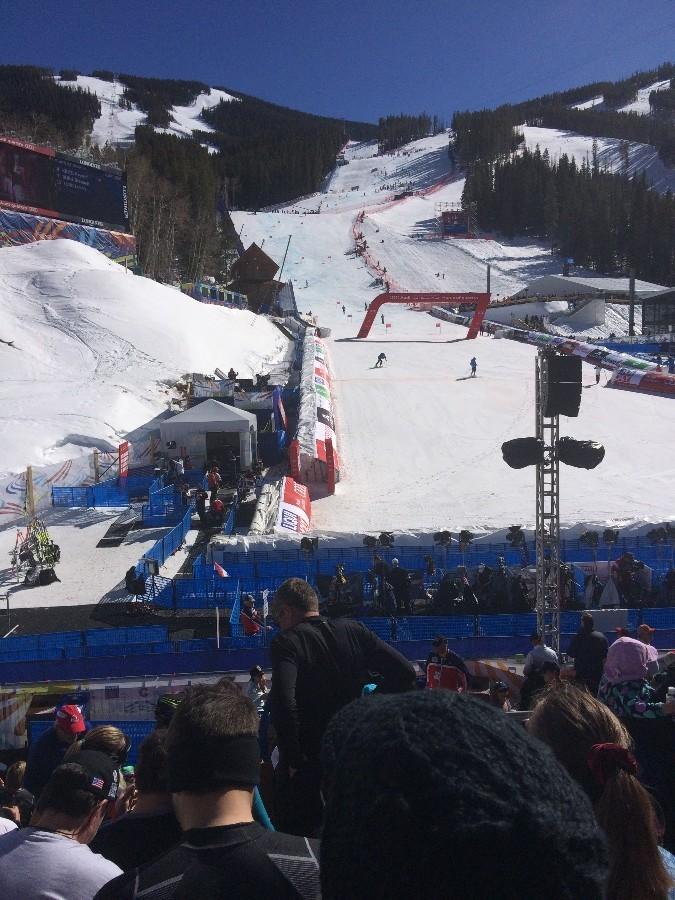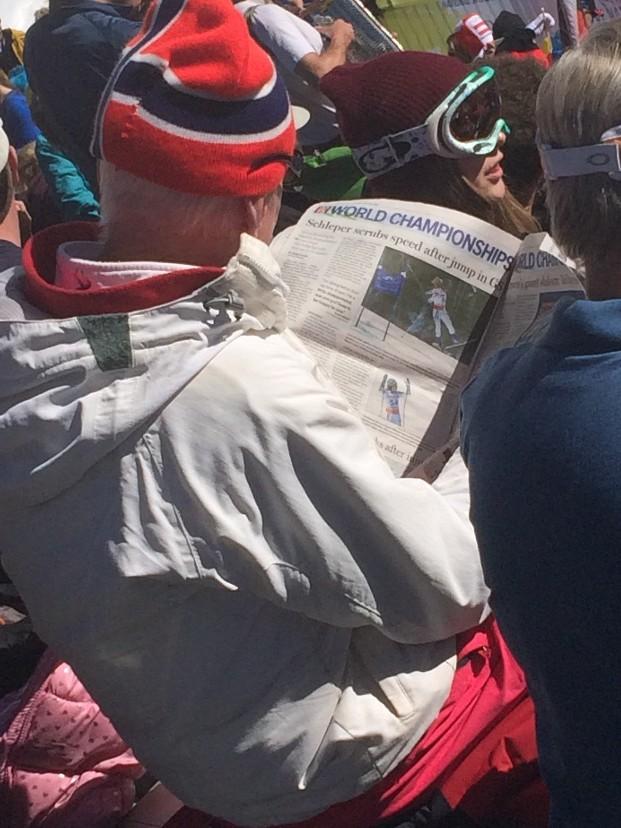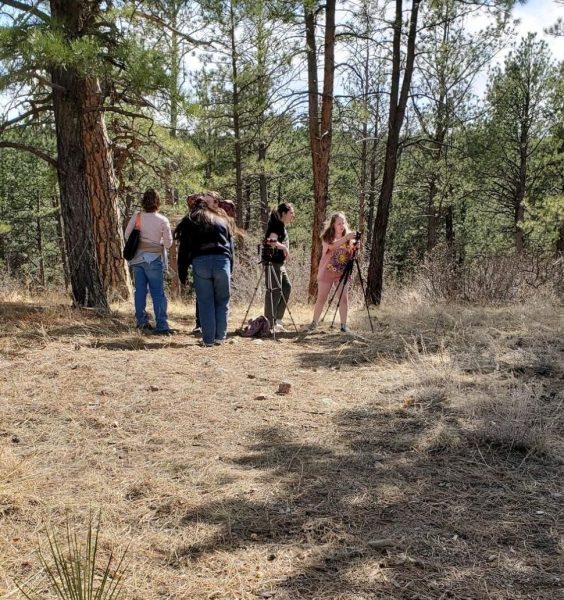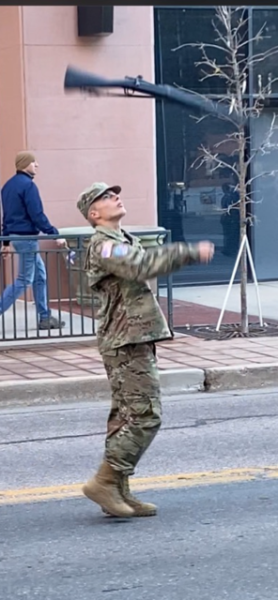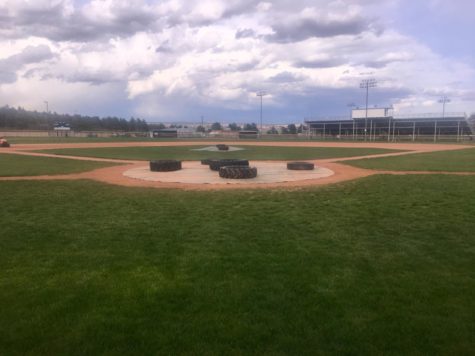So You Think You Can Ski
Swish, swish, swish, goes the internationally ranked ski racer. She can’t hear herself over the noise of the spectators below. She screams through the finish line and the big screen lights up in green letters “NEW LEADER” as the crowd goes wild. This is just one of hundreds of athletes who participated in the FIS Alpine World Ski Championships in Vail-Beaver Creek this past month.
This February marked the third time that Vail-Beaver Creek has hosted the FIS Alpine World Ski Championships. Vail-Beaver Creek has hosted the Championships in 1989, 1999, and 2015. While 68 countries participated with 500 athletes, the country that won the most metals was Austria.
There are eleven events in alpine skiing: men’s alpine combined, men’s downhill, men’s giant slalom, men’s slalom, men’s super-G, ladies alpine combined, ladies downhill, ladies giant slalom, ladies slalom, and finally ladies super-G. The Vail-Beaver Creek races also had a team race which Austria won.
Austria topped the medal standings with nine medals. The US came in second with five medals and Slovenia came in third with three medals. Tina Maze from Slovenia won all three of the medals her country won. The Austrian women did Austria a great service by winning five of their nine medals.
Anna Fenninger, from Austria, and Tina Maze, from Slovenia, were the most successful women. Fenninger won gold in the super-G and giant slalom and a silver in the downhill. While Tina Maze won gold medals in the downhill, and Alpine combined and a silver in the super-G.
Marcel Hirscher, from Austria also, was one of the most successful men winning Alpine combined and another gold in the Nations Team Event and a silver in the giant slalom. Ted Ligety was the only other man to win more than one medal. He won gold in the giant slalom and bronze in the Alpine combined.
The American team defended their titles. Mikaela Shiffrin, from Vail Valley, defended her slalom title that she won in Schladming in 2013 and won gold on the Ladies’ Slalom. While the day before, Ted Ligety won his fourth consecutive gold medal in giant slalom.
On a sadder note, Bode Miller, four world title holder and winner of the Olympic gold at Vancouver, crashed on the super-G course severing a hamstring tendon. Racing for the first time since having back surgery in November, Miller tweeted hours later, “Out of a successful surgery for a severed hamstring tendon. Feeling lucky since things could have been way worse.” Picabo Street, 1998 Olympic super-G gold medalist, said he feared the injury may be the end of Miller’s career.
Officials announced that 125,000 spectators attended the races over its duration. 10,000 people attended the Medal ceremonies at the Medal Plaza. The races used 2,200 volunteers. 68 nations, 500 athletes, 27 nations broadcasting live, 200 camera positions and 70 hours of live coverage over the 14 days of the races.
One of the purposes of hosting the races in Vail-Beaver Creek was to show the United States ski racing and to advertise the dedication of other nations to the sport of alpine skiing. Student Nate Bennett, who went to the last day of the races, said, “It was a really cool opportunity for such a huge international event to be held in Colorado, and it brought a lot of people to our state from all over the world.”
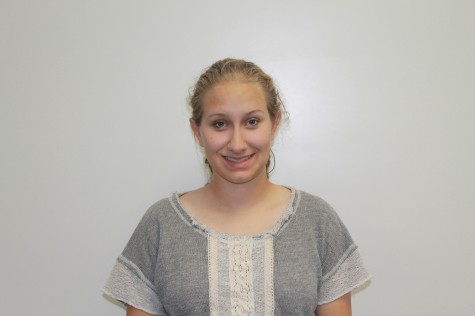
Bonjourno! Me llamo Sophie. I am a tri(sort of) lingual senior with a large passion for sarcasm and baked goods. I still am in band, writers guild, link...



